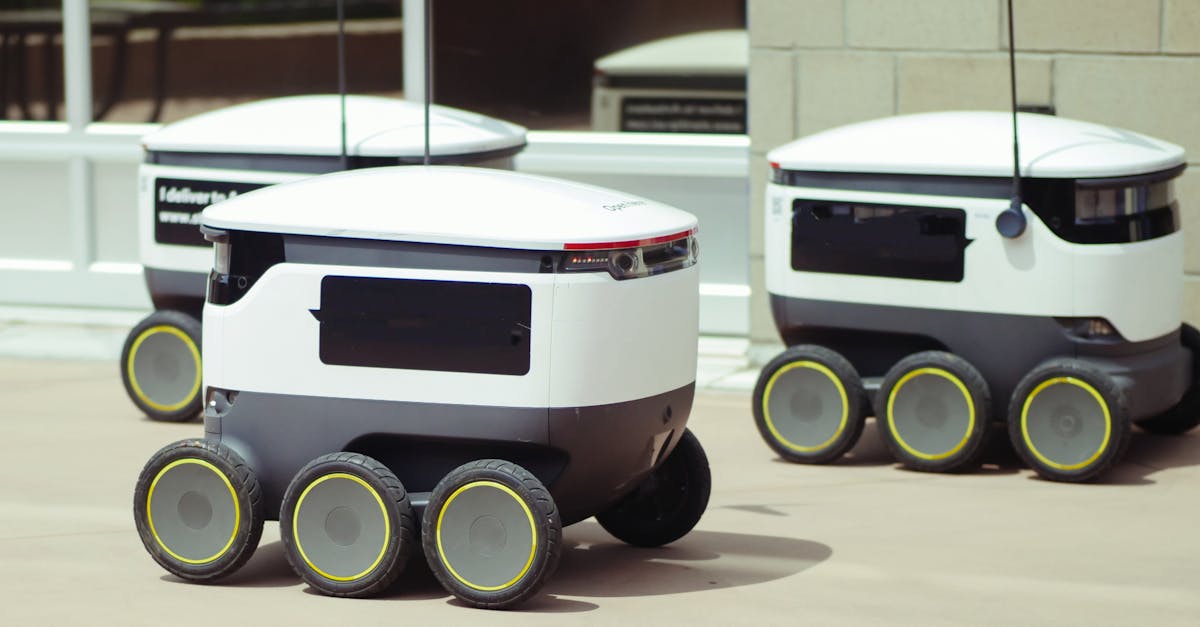The Impact Of Autonomous Machines On Insurance: Navigating Liability

Introduction
With the rise of autonomous machines in various industries, the landscape of insurance has been significantly altered. From self-driving cars to automated manufacturing processes, these technologies have the potential to revolutionize numerous sectors. In this article, we will explore the challenges and implications of autonomous machines on insurance, particularly in terms of liability.
Understanding Autonomous Machines
Autonomous machines refer to devices or systems that can perform tasks with minimal human intervention. These machines rely on artificial intelligence, sensors, and other technologies to operate independently. Some common examples include drones, robotic arms in factories, and self-driving cars. While these machines offer numerous benefits such as increased efficiency and productivity, they also present unique risks when it comes to insurance coverage.
Challenges for Insurers
One of the main challenges for insurers is determining liability in the event of an accident involving an autonomous machine. Unlike traditional insurance policies where human error is often the cause of accidents, autonomous machines introduce a new level of complexity. Who is at fault when a self-driving car crashes? Is it the manufacturer, the software developer, or the owner of the vehicle? These questions need to be addressed to ensure that the right parties are held accountable.
Legal and Regulatory Framework
Another aspect that insurers need to consider is the evolving legal and regulatory framework surrounding autonomous machines. As these technologies become more widespread, lawmakers are racing to establish guidelines to govern their use. Insurers must stay abreast of these developments to ensure that their policies are up to date and compliant with the law.
Risk Assessment and Pricing
Insurers also face challenges in assessing the risks associated with autonomous machines and pricing their policies accordingly. The lack of historical data on accidents involving these technologies makes it difficult to predict the likelihood of a claim. As a result, insurers may need to rely on advanced analytics and predictive modeling to gain insights into potential risks and determine appropriate premiums.
Collaboration with Industry Stakeholders
To navigate the complexities of insuring autonomous machines, insurers must collaborate with industry stakeholders such as manufacturers, technology developers, and regulators. By working together, these parties can develop standards and best practices that promote safety and mitigate risks. This collaboration is essential to foster innovation while ensuring that insurance coverage remains adequate and relevant.
Conclusion
In conclusion, the impact of autonomous machines on insurance is profound and multi-faceted. Insurers must adapt to the changing landscape brought about by these technologies to effectively manage and mitigate risks. By addressing the challenges of liability, legal and regulatory compliance, risk assessment, and collaboration, insurers can position themselves to thrive in a world increasingly dominated by autonomous machines.